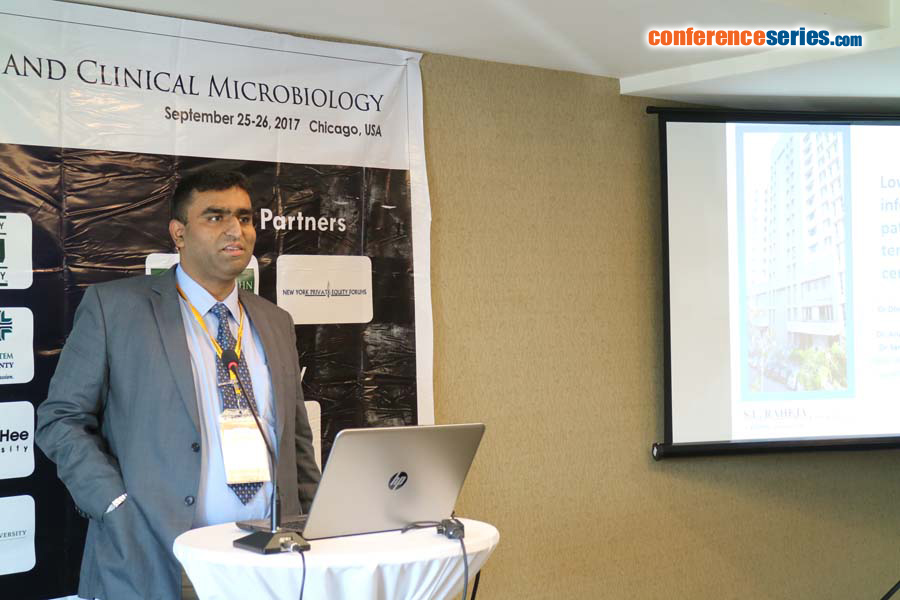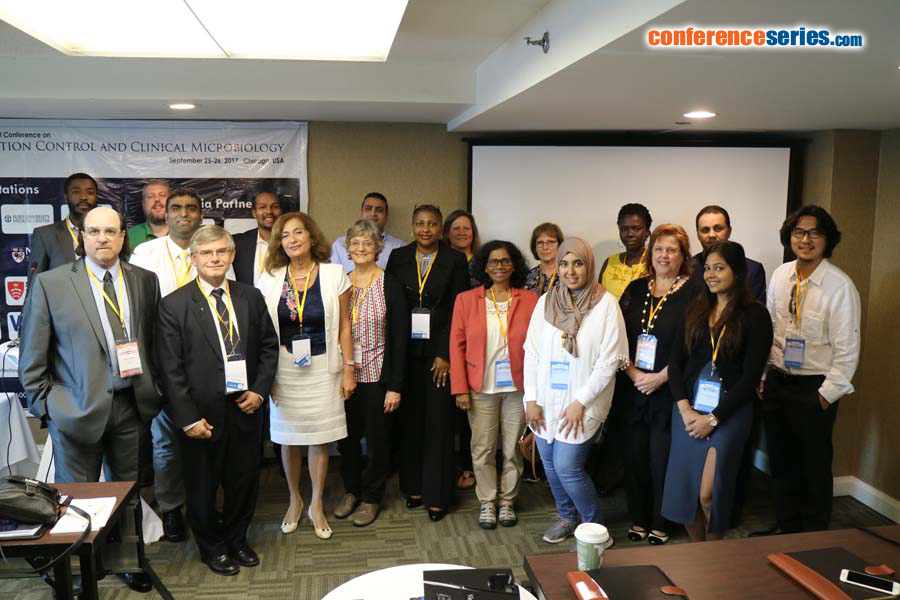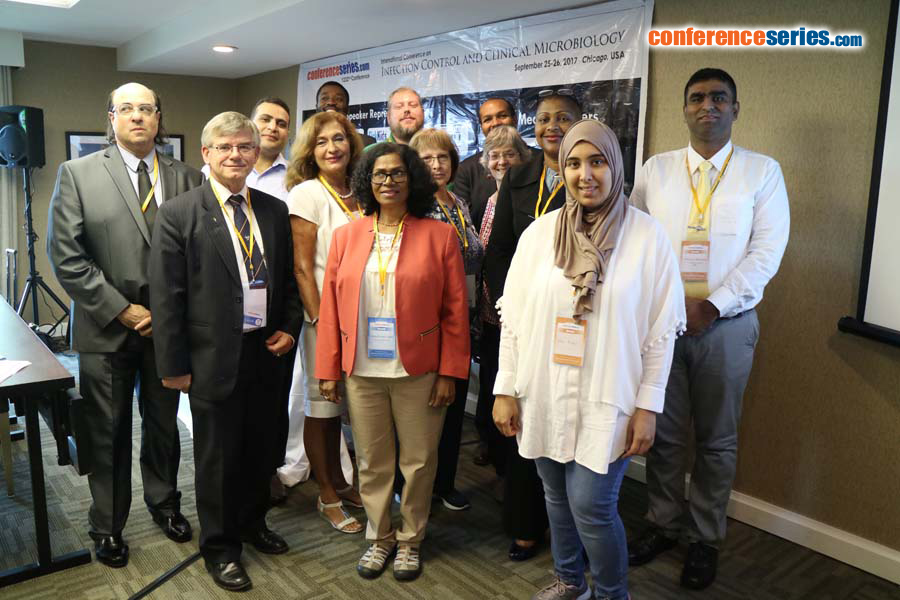
Dhruv K. Mamtora
S. L. Raheja Hospital, India
Title: Lower limb deep tissue infections in type 2 diabetes patients at superspeciality tertiary care reference center in Mumbai
Biography
Biography: Dhruv K. Mamtora
Abstract
Diabetes is a slowly progressing disease of modern India. India has the highest number of diabetes patients amongst WHO member countries. Around 15% of patients with diabetes develop lower limb ulcers. Diabetes is the commonest cause of non-traumatic amputations due to chronic polymicrobial infections of foot and lower limb. Hence a study was conducted to further elucidate the
details about lower limb infections. Around 1294 isolates were studied from 758 patients in year 2016. Four hundred and sixty seven cultures showed no growth. Four hundred and twenty cultures showed single isolate, 247 cultures grew two isolates, 91 cultures grew three or more organisms. Colonization pattern was as follows: Candida species were 30, coagulase negative Staphylococcus (CoNS) were 28, Aspergillus species seven and two Mycobacterium which were seen only on smear examination. Most common were bacterial infections, followed by fungal infections. The bacteria most commonly isolated were Staphylocccus species (267), Pseudomonas
aeruginosa (212), Klebsiella species (196), E. coli (160), proteus/providential/morganella group (151) followed by Streptococcus species
(138) comprising of 88 enterococci and 38 streptocci. Multidrug resistant organisms were MRSA (62), carbapenem resistance in Pseudomonas aeruginosa (33.5%), Klebsiella pneumoniae (34.5%), E. coli (15.29), proteus group (6.76%) and Vancomycin resistant Staphylococcus aureus (VRSA) 1 isolate. One Enterococcus raffinosus was isolated which was resistant to vancomycin. Certain relatively rare organisms viz. Burkholderia species (3), Alkaligenes group (1), Sphingomonas spp. (4) and Cryptococcus laurentii (3)
and Raoultella ornitholytica (2). In context of emergence of carbapenem resistant gram negative isolates, delayed wound healing, immunocompromised status of Type II diabetes patients; the only option left for the diabetic foot surgeons will be amputation, if the emergence of antimicrobial resistance is not addressed appropriately. Timely treatment is of utmost importance as time is tissue.







